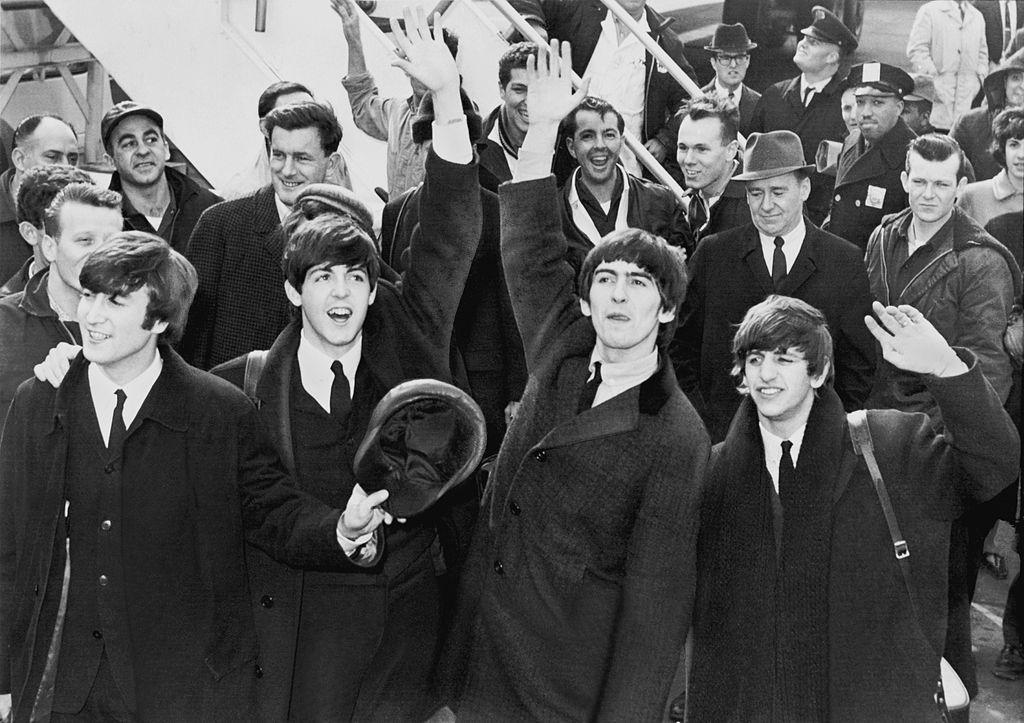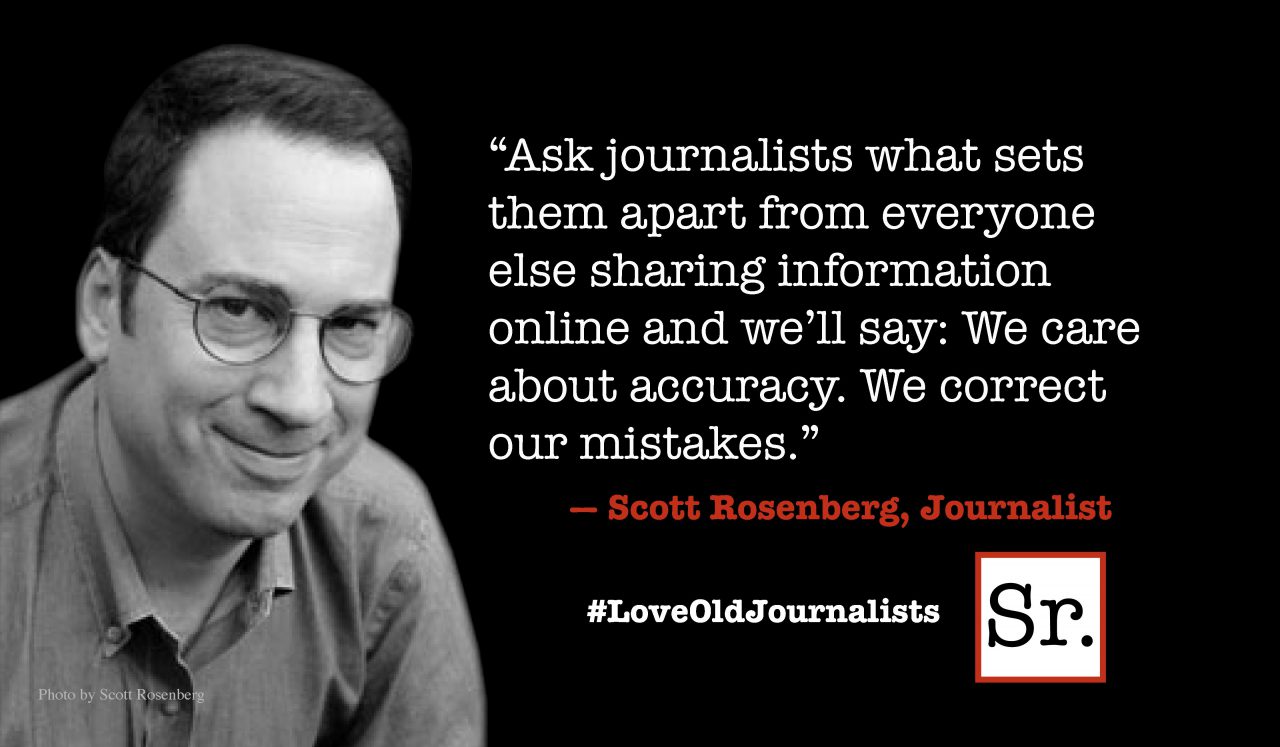When the Beatles hit more than 70 million American TV screens 50 years ago Feb. 9, viewers saw four fresh-faced British lads who might have seemed the very picture of innocence.
The music produced by John Lennon, Paul McCartney, George Harrison and Ringo Starr was certainly fresh — clangorous, rhythmic and sweet. Their faces were cheeky-clean and their smiles endearing.
But as never before, a new, 900-page book, "Tune In," by Beatles chronicler Mark Lewisohn shows the twisting, sometimes twisted, often grimy background of the charming quartet. For people interested in the way that seemingly unlikely people and situations can blossom into extraordinary achievement, it's a compelling, sleep-depriving read. And it's dotted with sex, drugs and rock as practiced by the band at what seem in retrospect to be perilously young ages.
With this background well hid, the Beatles' records had been heard all over U.S. radio in early 1964, but Beatlemania really began to peak when the band was seen by what is still described as the largest television audience for a single event.
People who encounter one of the several likely re-airings of the Sullivan performances will start to see long shadows behind that winsome set of Fabs when reading "Tune In," which describes the group's history only until Dec. 31, 1962. That was before the Beatles had a British No. 1 and well before anyone except a handful of people in the United States had heard of them.
"Tune In" is presented as the first volume of "All These Years," a three-part set that will eventually present the band's saga through its breakup in 1970.
"Really, everything was revved up and running in these formative years, in the halls, houses and streets of Liverpool, the only place these people and those events could have happened," Lewisohn says in an online interview used to promote "Tune In."
Lewisohn's is a familiar name to hard-core Beatles fans as the author of "Complete Beatles Recording Sessions" and "Complete Beatles Chronicle," both books written with special access to the band's tape archives at Abbey Road and assistance from band members and associates.
Still, there's a legitimate question as to why readers would even want to take this trip, let alone for 900 pages. Is this a book for aging Fab freaks who want to gaze even further into aging images, finding tiny details we missed the first few hundred times?
Well, yes, in at least some cases. My house holds at least 50 books on the Beatles, and I've read them all, some multiple times. But this is a rewarding read not just for longtime fans, but also for the new listeners who still arrive at the Beatles all the time, with millions more likely as anniversaries of their accomplishments continue to roll.
There's a deeper reporting than before, for instance, on the layer upon layer of musical influence the Beatles sucked up in music-rich Liverpool and beyond. For instance: John Lennon spent long stretches in Scotland during many childhood summers, absorbing Celtic ways, speech and presumably music. Ringo loved Slim Whitman, and Paul wanted to be Frank Sinatra. And that they all got caught up in Scepter Records and the Shirelles, even before they fell hard for Motown and the Miracles.
We may not really need to know that the Beatles' fated producer, George Martin, was at Capitol Records in Los Angeles in 1957 and saw Sinatra pitch a fit over the artwork for his "Come Fly With Me" disc. But isn't that an awesome image anyway?
On the business side, Lewisohn has weaved together a tantalizing tale, built on documents and interviews, that the label-hungry Beatles only wound up with George Martin and EMI as part of a sub-rosa deal to get their publishing by a firm that wound up completely out of the picture.
Like the tennis ball that barely tips the net in Woody Allen's "Match Point," happenstance after happenstance occurs that advances "the boys" a step further down the road to that momentous television moment in 1964.
But some events generally depicted as mere chance — as the time future manager Brian Epstein filled a young customer's request for an obscure record the Beatles had made in Hamburg — turn out to fit precisely with the portrayal of the troubled Epstein as virtually destined to serve the band.
In the big, complex picture that emerges, readers can almost feel a preternatural Moving Hand that brought the Beatles together before their U.S. stardom.
Pete Best's failure to fit in musically or personally, depicted with nuance and detail, earns him a trip to Nowheresville, snatched from the field of play. The Hand rewards Ringo's years of recovery from repeated illness, his fascination with rhythm and his pro-level timekeeping, moving him from the rounds of holiday camps and ballrooms to a perfectly fitting spot with the Fabs.
Music-business and broadcast veteran Brent Stoker, in Nashville, has followed the Beatles for decades, developing his own theories of how it happened.
"Their career had timing and chemistry in spades," Stoker told me recently. "The Beatles' chemistry was overflowing and unparalleled. The four of them (J, P, G and R — never with Pete) had incredible chemistry … Their talent, chemistry with their audience and lots of luck continually kept them one step ahead of their audience and their peers."
But why read hundreds of pages about this band's early days? It was then — in hundreds of hours of hard-bitten performances in Liverpool and Hamburg, in their endless days of hanging out and learning music, in their first contacts with the music business and stars such as Little Richard — that the whole Beatles package was tied in a bow before its U.S. debut.
Without the musical and personal bonds drawn tight in dirty, hard-drinking, pub-singing Liverpool, mostly out of public view, they could never have perpetuated the peak of their work, from "I Want to Hold Your Hand" to "Hey Jude."
The Beatles' music, grounded in everything from English music-hall silliness to "Will You Still Love Me Tomorrow?" to Jerry Lee Lewis, still appeals to millions of new listeners every year, as well as veteran fans. Those who'd like to gain greater appreciation for this pop-culture phenomenon would do well to follow Lewisohn down his obsessive trail, ever deeper into the Beatles' saga.









